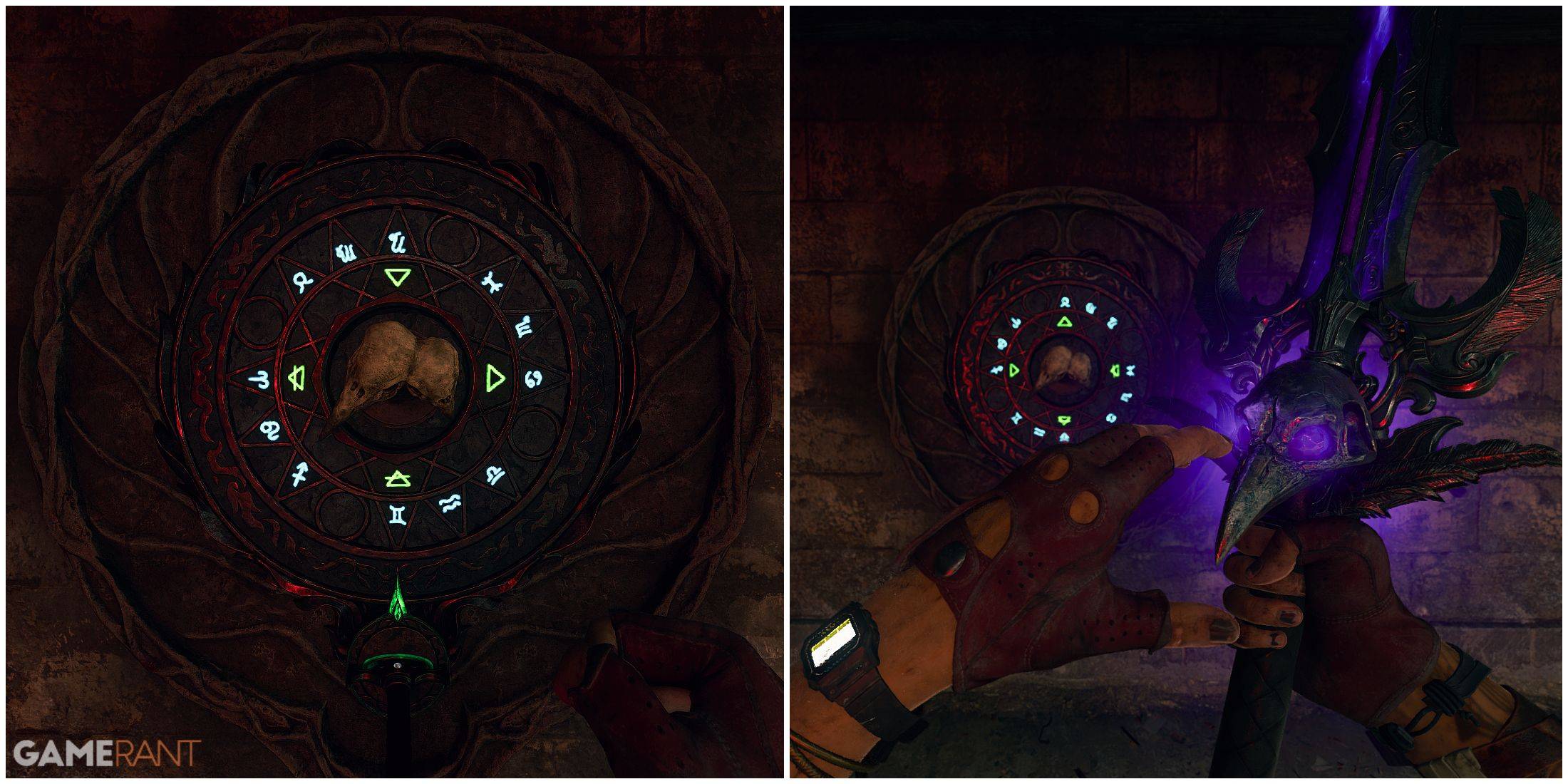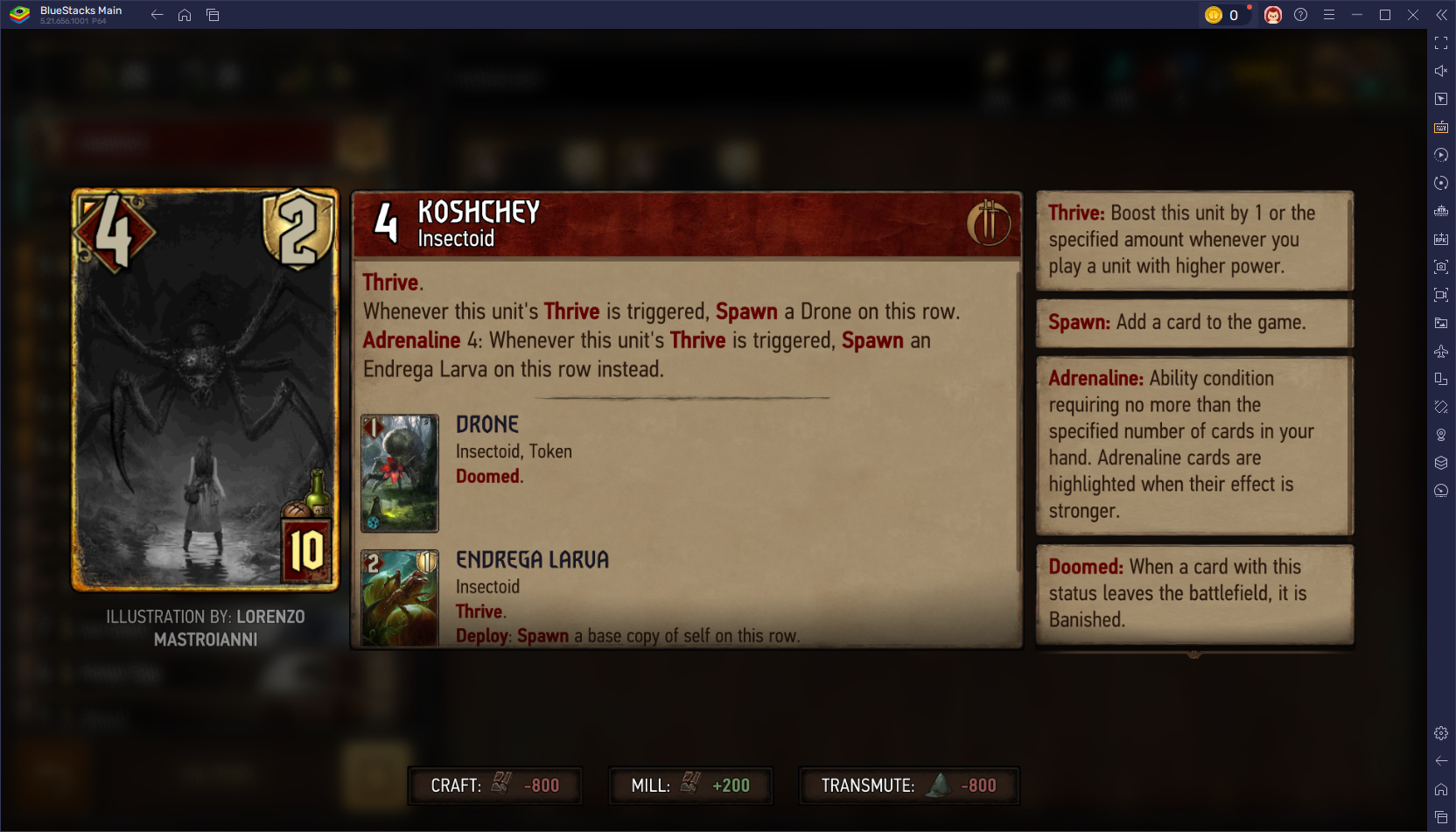Frank Miller's Return to Daredevil: Born Again
- By Simon
- Apr 20,2025
The mid-1980s marked a prosperous period for Marvel, both creatively and commercially. Having overcome the financial struggles of the late 1970s, largely thanks to the success of Star Wars, Marvel was poised to revolutionize the comic book industry with the launch of Secret Wars in 1984. This monumental event had far-reaching effects on the Marvel universe and the industry as a whole, setting new trajectories for Marvel's heroes and villains that would resonate for years.
During this era, other landmark stories emerged, including Frank Miller's Born Again arc in Daredevil, the return of Jean Grey in X-Factor, and Walt Simonson's Surtur Saga in Thor, among others. In this installment, Part 8 of our series, we delve into these pivotal stories and other significant developments from the same timeframe. Join us as we explore the essential issues that defined Marvel during this period.
More Essential Marvel
1961-1963 - The Birth of a Universe
1964-1965 - The Sentinels Are Born and Cap Dethaws
1966-1969 - How Galactus Changed Marvel Forever
1970-1973 - The Night Gwen Stacy Died
1974-1976 - The Punisher Begins His War on Crime
1977-1979 - Star Wars Saves Marvel From Bankruptcy
1980-1982 - Did the Dark Phoenix Saga Usher in the Greatest Decade for Marvel?
Frank Miller's Born Again and Walt Simonson's Surtur Saga
Among the most celebrated narratives from this time, Frank Miller's return to Daredevil with the Born Again storyline stands out. Collaborating with artist David Mazzuchelli in Daredevil #227-233, Miller crafted what many consider the definitive Daredevil tale. In this arc, Karen Page, battling addiction, sells Daredevil's secret identity for drugs, which ultimately reaches the Kingpin. Using this knowledge, the Kingpin orchestrates the downfall of Matt Murdock, stripping him of his home, career, and social connections, leaving him at his lowest point. His mother, a nun named Maggie, finds and helps him recover, leading to a gripping narrative of redemption and the Kingpin's descent into obsession. This storyline inspired Season 3 of Netflix’s Daredevil and will influence the Disney+ series Daredevil: Born Again.
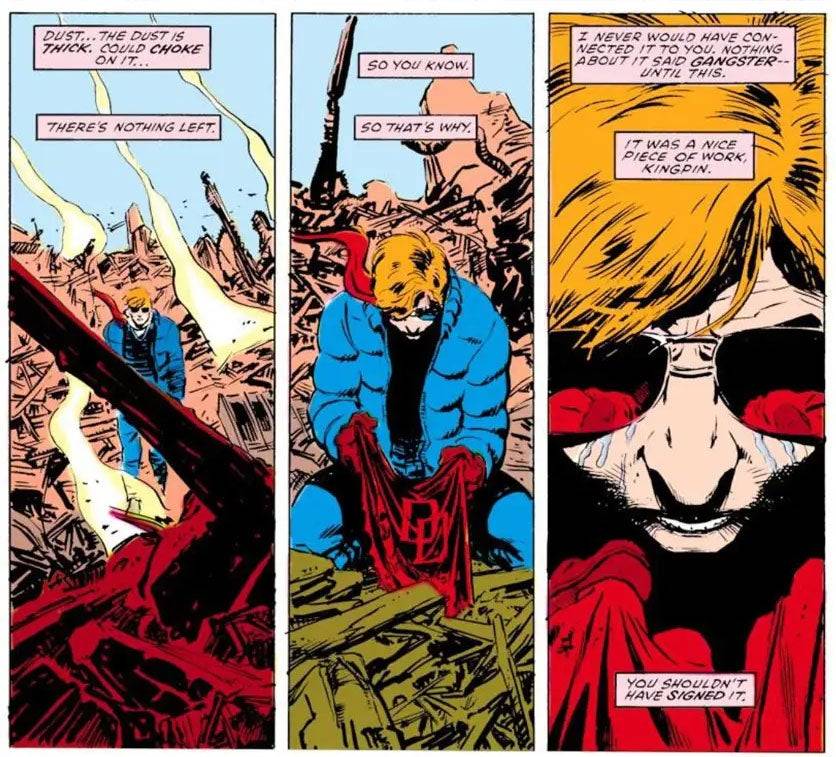
Simultaneously, Walt Simonson's tenure as writer-artist on Thor, starting with issue #337 in 1983, introduced Beta Ray Bill and revitalized the series with a mythic fantasy tone. His most notable contribution was the year-long Surtur Saga from #340-353, featuring the fire demon Surtur's quest to bring about Ragnarok with the Twilight Sword. Surtur's ally, Malekith the Accursed, challenges Thor, buying time for Surtur to complete his weapon. The saga culminates in a dramatic battle with Thor, Loki, and Odin united against Surtur. Elements of this epic were later adapted into the films Thor: The Dark World and Thor: Ragnarok.
Secret Wars Changes Comics Forever
As discussed in Part 4 of this series, the 1973 Avengers/Defenders War foreshadowed the event crossovers that would become a staple for Marvel and DC. This trend fully materialized with the 1984 release of Secret Wars, a 12-issue miniseries crafted by then Editor-in-Chief Jim Shooter and artists Mike Zeck and Bob Layton. Conceived as part of a marketing deal with Mattel, the series featured the Beyonder transporting Marvel's heroes and villains to Battleworld to determine the supremacy of good or evil. The series, while criticized for its shallow plot and character inconsistencies, particularly with the X-Men and Magneto's relationship with the Wasp, had a profound impact on the industry. Its success led to Secret Wars II and, alongside DC's Crisis on Infinite Earths, established the event story model as a dominant format in comic publishing.
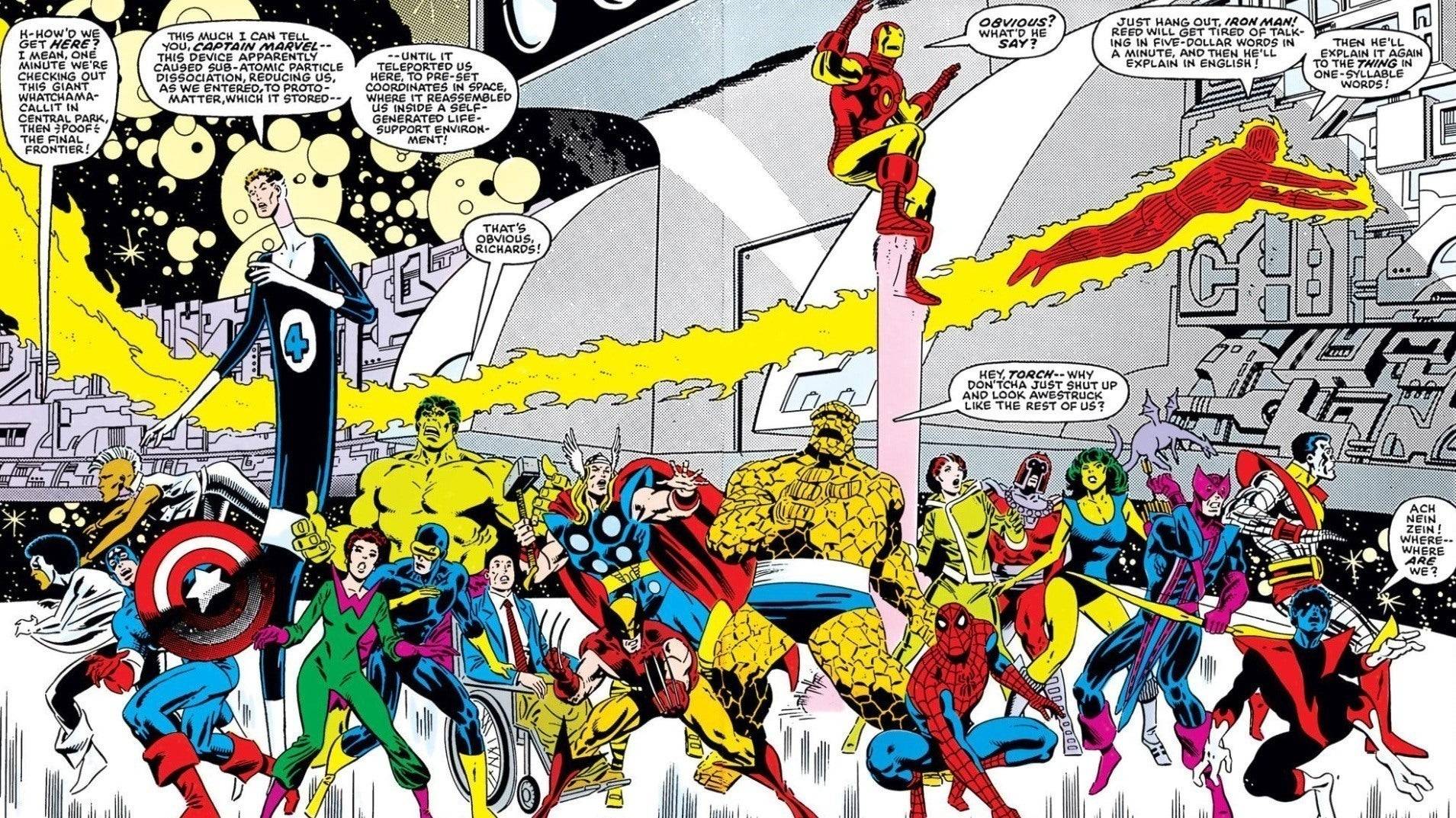
Spider-Man’s Symbiote Suit and Other Iconic Spidey Stories
Following the foundational runs by Stan Lee and Gerry Conway, Roger Stern took the helm of Amazing Spider-Man starting with issue #224, revitalizing the series. Stern's most significant contribution was the introduction of the Hobgoblin in Amazing #238, a formidable new adversary for Spider-Man. Although Stern's initial Hobgoblin arc was cut short when he left the series after issue #251 due to editorial disputes, he later resolved the villain's identity in the 1997 miniseries Spider-Man: Hobgoblin Lives.
Concurrently, Amazing #252 introduced Spider-Man's black symbiote costume, which originated in Secret Wars #8. This costume sparked a long-running subplot culminating in the introduction of Venom, one of Spider-Man's most iconic foes. The symbiote saga has been adapted across various media, including Sam Raimi’s Spider-Man 3, several animated series, and video games, though the Battleworld origin is often omitted. Another significant Spider-Man story from this period was The Death of Jean DeWolff in Spectacular Spider-Man #107-110, a dark tale of Spider-Man's pursuit of the Sin-Eater and his conflict with Daredevil over justice.
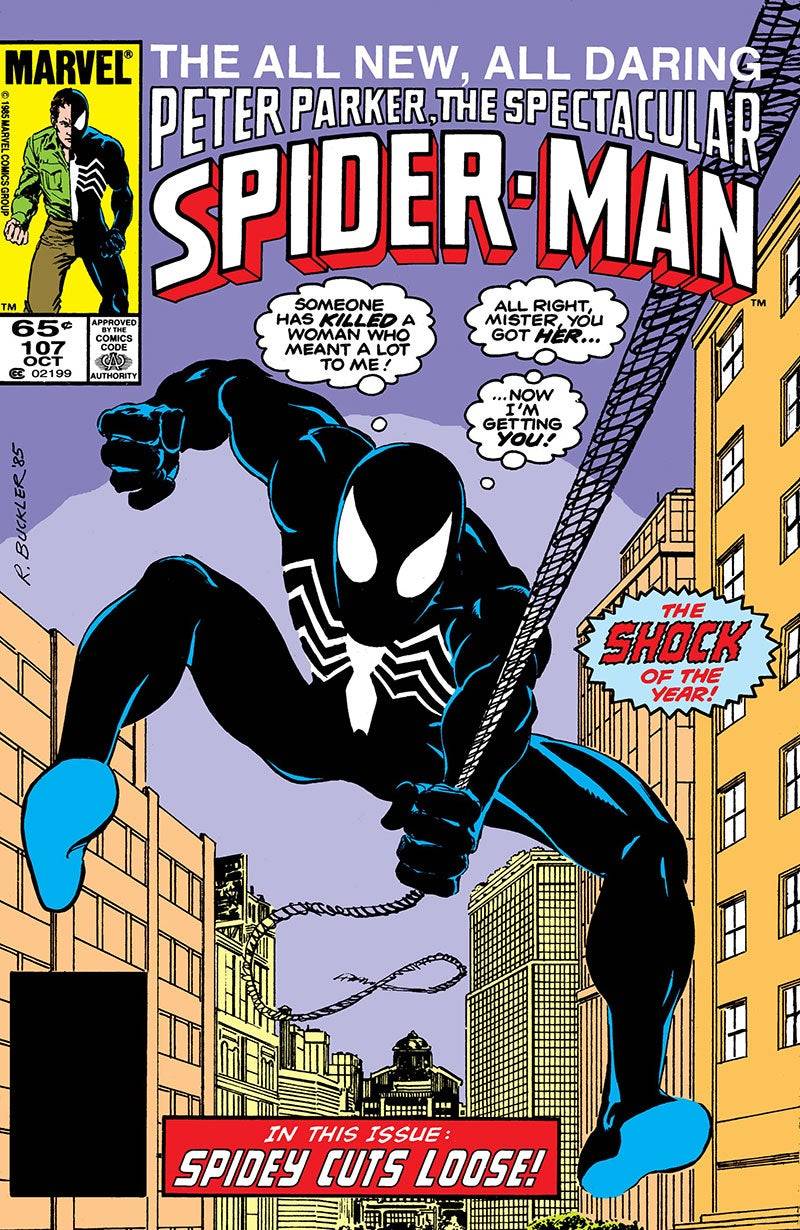
Jean Grey Returns, the Rise of Apocalypse, and Other Mutant Landmarks
The mid-1980s were also pivotal for Marvel's mutants. Vision and the Scarlet Witch #4 confirmed Magneto as the father of Quicksilver and Scarlet Witch, a revelation that remained canon for decades until a 2015 retcon. X-Men #171 saw Rogue leave the Brotherhood of Evil Mutants to join the X-Men, becoming a beloved heroine. Similarly, X-Men #200 showcased Magneto's trial and subsequent leadership of Xavier's School, a storyline adapted in the X-Men '97 series.
Jean Grey's resurrection in Avengers #263 and Fantastic Four #286 marked a significant event in mutant lore. Explained as the Phoenix Force creating a duplicate body, Jean's return led to the formation of X-Factor with fellow original X-Men members. In X-Factor #5-6, the team encountered Apocalypse, introduced by Louise Simonson and Jackson Guice. This ancient Egyptian mutant, enhanced by Celestial technology, became a central antagonist in the X-Men universe and a staple in various adaptations, including the 2016 film X-Men: Apocalypse.
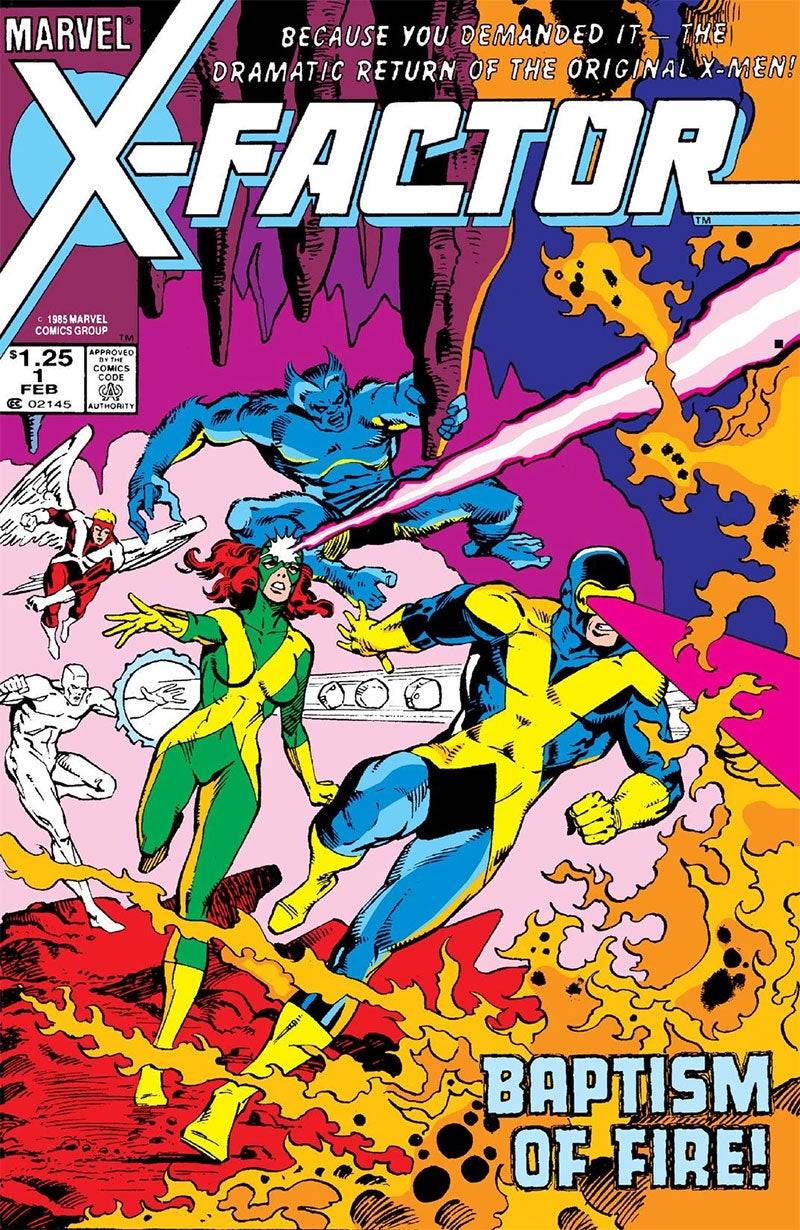
Latest News
more >-

-
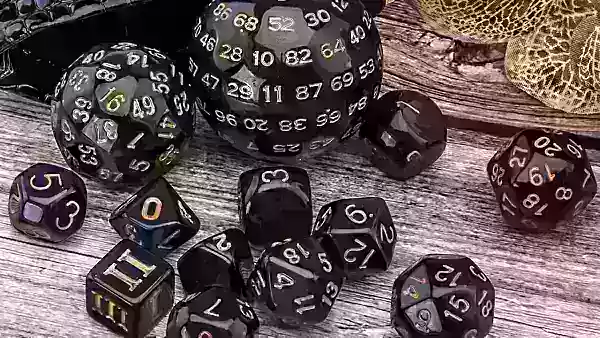
- 2025 D&D Starter Guide
- Dec 26,2025
-

-

-

- GTA 6 Delayed Until May 2026
- Dec 25,2025
